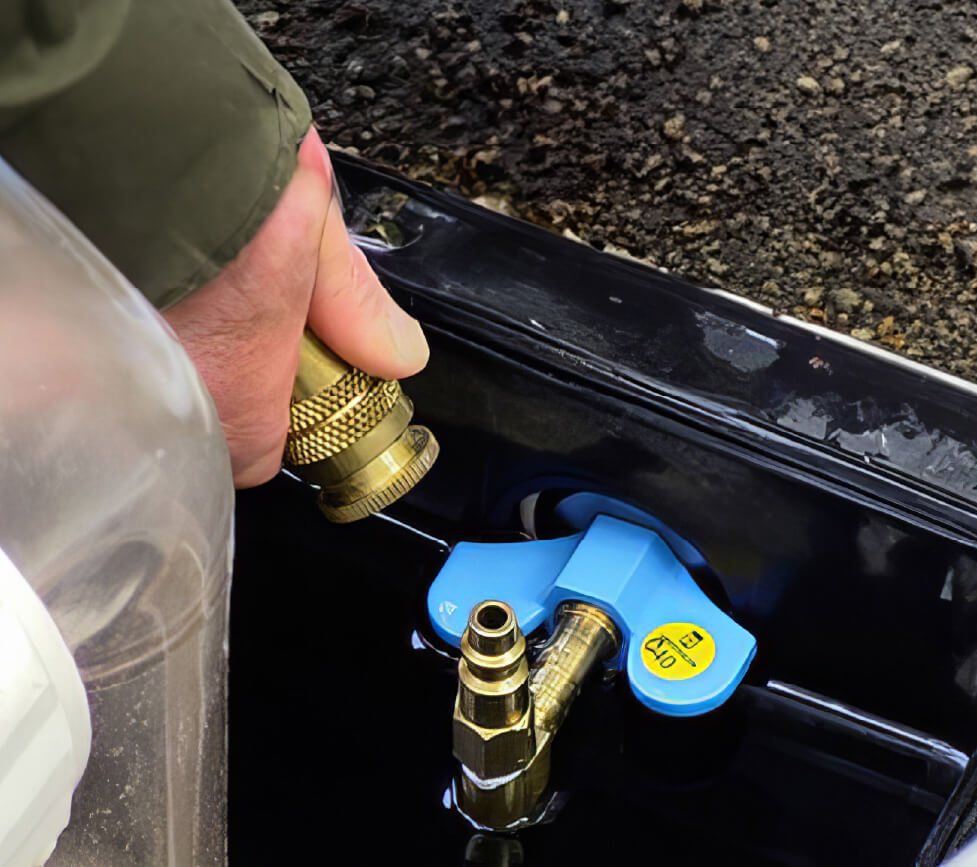
Better Buy Pool Leak Detection
Better Buy Pool Supply is the perfect way to ensure your pool stays leak free. Our expert leak detection tools detect even the smallest of leaks, and with its advanced technology, our technicians are able to quickly identify and diagnose the problem.
We offer a fast and effective repair process to ensure your pool is fixed in no time. No matter the size or complexity of the job, our team of experts can help you find a solution. Our services range from patching small leaks to major renovations, and our commitment to customer satisfaction is unmatched.
With Better Buy Pool Supply, you can trust that you are getting the best pool leak detection and repair service available.
Five Step Leak Detection Process

1. Gather Information

2. Pressure Test Pool Plumbing Lines
Pressure testing of plumbing systems consists of two stages. During a water test, the part of the plumbing that is leaking is identified. Next, an air pressure test is conducted to accurately pinpoint the leak’s location. To ensure the safety and precision of these tests, the proper equipment must be well maintained.
Regardless of the possible source of the problem, pressure testing should be completed in order to determine if the leak is within the plumbing system itself or the structure of the pool. Pressure testing enables the elimination process, thus allowing subsequent procedures to be more focused in locating the issue.

3. Pinpoint Underground Plumbing Leaks
If a leak in the plumbing system is detected, introduce a continuous stream of air from a controlled source to the line. This air will be released into the water-saturated soil, producing a distinct bubbling noise that can be identified through the pool deck or earth with an electronic sound detection device. Usually, this process will allow for the locating of buried leaks with minimal excavation. When it is not possible to create the necessary sound, a Gas Sniffer can be utilized to detect the presence of a marker gas released by the leak.

4. Check Suspected Locations In The Pool
Better Buy Pool Supplies’ Dye Tester allows us to pinpoint suspicious areas where leaks could occur. We put a small amount of dye near suspected leak areas of the pool – like skimmers, return fittings, lights, cracks, main drains, and hydrostatic valves – and see if the dye is pulled out of the pool. Note that diving equipment may be necessary to check for leaks at the bottom of the pool.

5. Repair The Leaking Part Of The Plumbing
The ultimate goal of a leak detection job is the repair of an undetermined issue. The extent of the repair ranges from a minor patch up to a complete pool renovation. Some leak detection professionals are adept at carrying out repairs, while others have an external partner for this purpose.
The repairs generally fall into one of the following categories, which require varying complexity and investment:
Simple – These can be addressed using adhesives and sealants, which are part of the standard leak detection professional’s toolkit, and include minor leaks in vinyl liner pools, as well as simple cracks or separations in gunite or fiberglass pools.
Moderate – These involve some part of the pool failing and an assessment must be made as to whether to repair or replace. Several options are available should repair be the chosen solution, including fixing fitting leaks, sealing exposed plumbing and replacing exposed plumbing sections and fittings.
Extensive – For these more complex issues, specialized repair systems and equipment are needed. This usually requires a separate visit to the pool and can include underground plumbing leaks, skimmer or fitting replacement, gunite shell stabilizing and crack sealing, and fiberglass stair leak repair.


